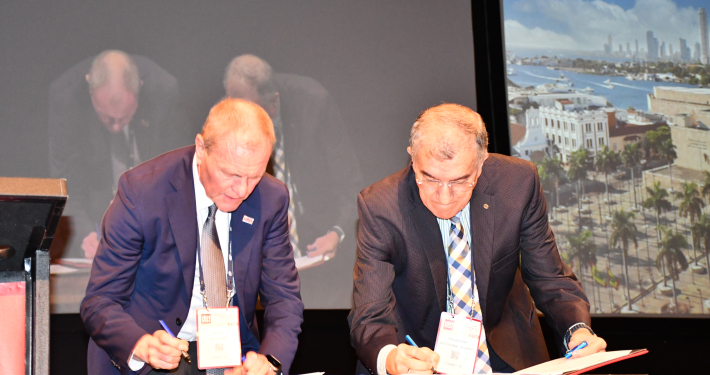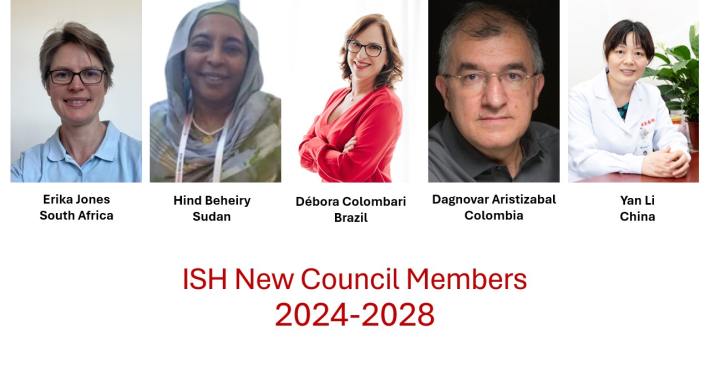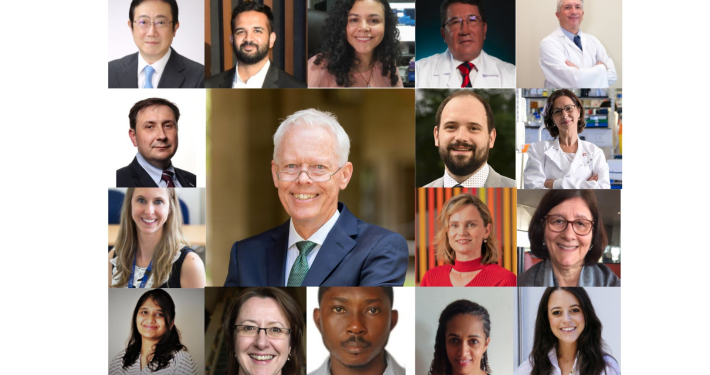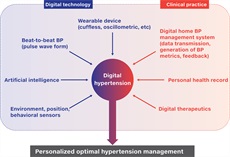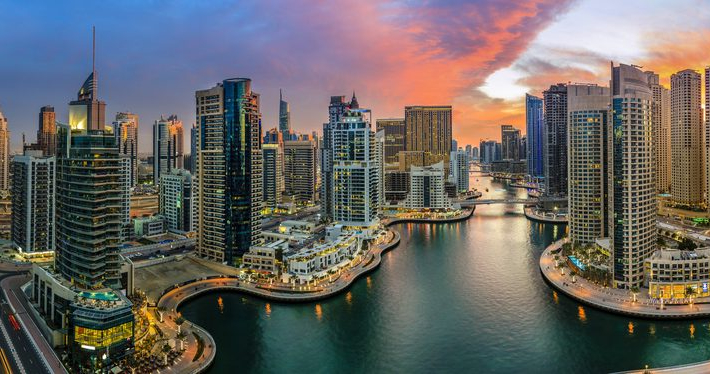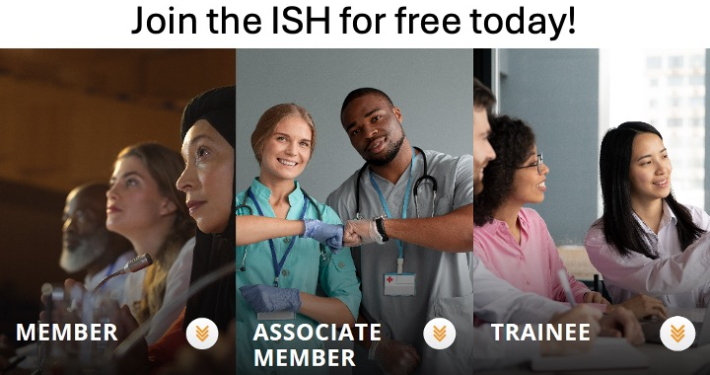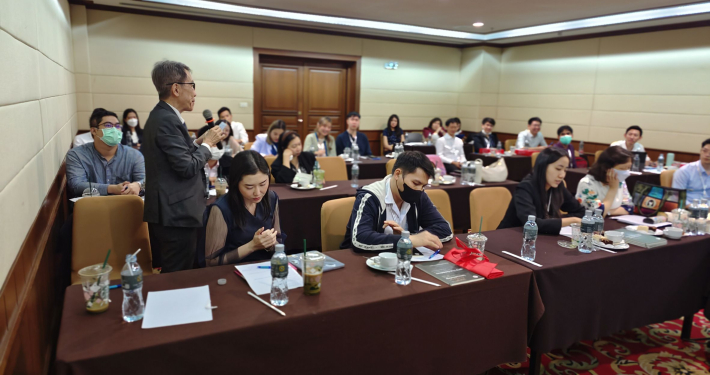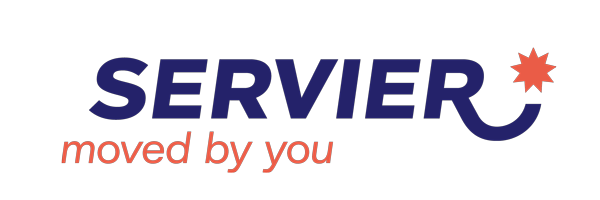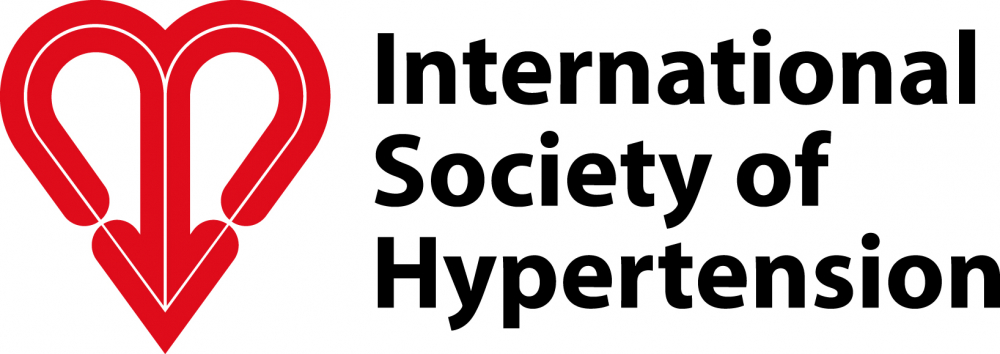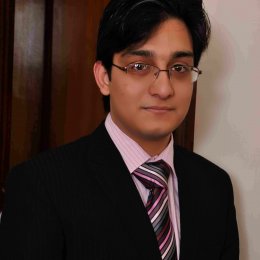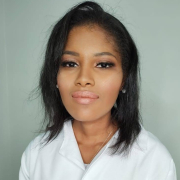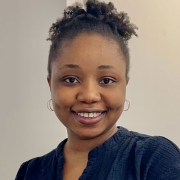How did you become interested in research relating to Hypertension?
I became interested in the field of hypertension and vascular studies primarily due to the positive influence from my uncle, who is a renowned cardiovascular surgeon in Pakistan. During summer vacation in my formative years, I spent considerable amount of time shadowing my uncle and other physicians, observed many cardiovascular surgeries, and spent time discussing research relating to hypertension. This really established my interest in research relating to hypertension, and prompted me to pursue graduate training in this field.
Describe your research & the program/lab (info of your supervisor) that you are in?
I am a doctoral candidate (Ph.D. student) at McGill University in the lab of Dr. Ernesto L. Schiffrin, who is a well-known expert in the field of hypertension. My research is based on studying the role of immune mechanisms contributing to vascular injury in hypertension and atherosclerosis. Currently I am working on delineating the role of T regulatory lymphocytes, which are anti-inflammatory, in counteracting angiotensin II-induced hypertension and microvascular injury.
What do you consider to be your substantial scientific contribution so far (provide Pubmed PMID if possible)?
My most significant scientific contribution is in fact in the field of atherosclerosis. I collaborated with my colleague in my laboratory and showed that endothelin-1 overexpression exaggerates atherosclerosis and aneurysm formation, by increasing inflammation and oxidative stress, and decreasing HDL (PMID: 23887640). I also take great pride in a recently published review article which discusses the role innate immunity in hypertension (PMID: 24407446).
What is your favourite manuscript from a lab other than your own (provide Pubmed PMID if possible)?
One of my favourite manuscripts that is also relevant to my research interests, is the study by Wenzel et al. showing that Lysozyme M-positive monocytes mediate angiotensin II-induced arterial hypertension and vascular dysfunction (PMID: 21875910).
What facilities are essential for your research?
We use telemetry to acquire systolic and diastolic blood pressures. As our laboratory is focused on the microvasculature, pressurized myography is an essential tool for us to study functional and structural alterations in small vessels. We also rely on flow cytometry to characterize changes in populations of immune cells. Immunohistochemistry/immunofluorescence is another important tool that we use to support and/or further characterize changes in vasculature and immune cell infiltration into tissues.
Where do your research strengths lie? Why? What are your research weaknesses? How will you improve?
I feel I am good at synthesizing and analyzing data, and coming up with new ideas to explore further based on observations from my research as well as from studies reported in the literature. Since English is my second-language, I feel I need to improve the way I communicate science both orally and in writing. I am working on improving this by writing manuscripts, and practising my oral presentations.
Describe your unforgettable (proudest) moment in science, and the most challenging situation that you have had to overcome (lessons learnt) so far?
My unforgettable moment in science was when observing the elastin structure of abdominal aorta in atherosclerosis-prone mice overexpressing endothelin-1. I remember vividly that late on a Saturday evening, I sat down to take images on a microscope, and realized that there was considerable elastin stretching and fragmentation within the aneurysms of endothelin-1 overexpressing Apoe-/- mice. I recall the proud feeling of discovering a small but never-the-less important link between endothelin-1 and elastin degradation.
The most challenging situation that I have had to overcome so far is to establish a working protocol for a collaborative project on diabetes. I had to carry out numerous tests over a year to improve the efficiency and correct dosage for streptozotocin delivery in transgenic mice without them getting sick. I was able to improve the efficiency and success rate of the protocol and increase survival rate from 30% to over 85%.
At which conference did you first present? How was your experience?
The first international conference that I presented at was the AHA High Blood Pressure Research Scientific Session 2012 in Washington D.C., USA. I must admit I was quite nervous when I stepped on stage to give my first oral presentation at an international level. However, everything went rather well, and particularly the Q&A session was interesting in raising relevant points that helped develop my research project. Overall, the conference was a wonderful learning and informative experience.
What upcoming conferences will you be attending, and what is the furthest distance that you have traveled for a conference?
I will be attending the AHA High Blood Pressure Research Scientific Sessions 2014 in San Francisco and the Canadian Hypertension Congress in Gatineau, Quebec. The furthest I have traveled for a conference is recently to Athens, Greece for the Joint ESH/ISH Hypertension 2014 meeting.
How did you learn about ISH/NIN and its activities?
I learned about ISH NIN and its activities through Dr. Dylan Burger, who at the time was a post-doc research fellow in Dr. Rhian Touyz’s laboratory. He introduced me to the fascinating work that ISH NIN carries out, and it is primarily because of his influence that I decided to join the ISH New Investigator Committee.
What area(s) do you wish to specialize in the future?
I have obtained considerable experience in studying microvascular changes during hypertension and the contribution of immune system to it. However, we also know that hypertension involves the kidneys and the sympathetic outflow from the brain. I would particularly like to focus on the kidneys, perhaps in relation to microvascular damage, in the future.
Who is your role model in Science? Why?
I would like to emulate the success and research career of my current supervisor, Dr. Ernesto L. Schiffrin. He is an excellent model of scientific leadership as a researcher, as an international delegate, and as an advocate for hypertension and vascular research.
Are you involved in other scientific or career associations? If yes, how is it helping in your career advancements?
I am currently the co-Chair of my institute’s graduate student committee. We try to enhance the research training experience of graduate students by organizing student elevator talks, career workshops, and talks from invited speakers. I am also a part of the Experimental Medicine Graduate Students Society at McGill University. The most important event that the EMGSS organizes is the Annual McGill Biomedical Graduate Conference, which is one of the largest conferences organized for students by students in Quebec.
These experiences have helped me considerably in networking with prominent research investigators, and have helped me develop skills such as delegating responsibilities, managing budgets, and organizing events and conferences that I would otherwise have not acquired by working in a research lab.
What are your scientific goals? Advise for talented emerging scientists?
I would like to establish as an independent researcher in the field of cardiovascular studies, and to continue contributing interesting and clinically-relevant science to the field. I would advise emerging scientists to not only work hard in the lab but also to invest time into networking and contributing to professional societies like ISH NIN to enhance their profiles and learn skills that seem trivial right now but are in fact very important to become a successful independent investigator.

